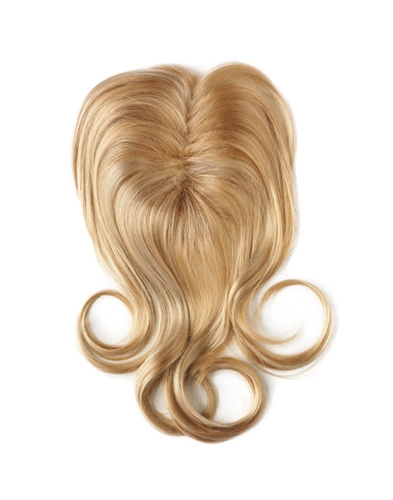Everyone seems to want to know where the things they use come from. We totally understand that! So, we wanted to explain a bit about how wigs are made. After all, this is the thing that some of you are wearing every day…it’s only natural to want to know all about making a wig!
In this article, I will give you an easy way to understand what a human wig is and the differences between them, so that you can better protect them in future purchase and use
 |
Tip 1:How wigs are made
That said, wigs are made either by hand or machine. Millions of people wear wigs, which means there are a lot of heads to cover. Understandably, machines are the more efficient method. Hand-tied wigs are more time-consuming, but produce a more natural look with less tangling.
Tip 2:From the wig base
All wigs start with a measurement (we described this in a previous post). It’s then marked by lining a ribbon around a mannequin, which simulates the hairline.
The foundation is laid over the ribbon, which is either net or lace. These are available in different colors and styles. The most sought-after is “full lace wigs”, which is flesh-colored and means there’s little visible distinction between the scalp and wig.
Tip 3:Choosing the hair
One of the most common questions we get is, “where does the hair come from?”
Most wig hair is human, but others can be made from synthetic fibers. It’s also rare that a wig is entirely made of animal hair – it’s typically a combination.
The hair is chosen here by the maker based on the length, color, style and thickness.
Tip 4:Preparing the hair
Once it’s been chosen, the hair is pulled through a “hackle”, a bed of upraised nails. This removes any tangles or broken strands. It’s then sorted and pulled into lengths. If this is done by hand, it’s extremelylabor-intensive, but preserves the cuticles and results in the most natural-looking outcome.
The hair is then carefully cleaned before being put to use. Lastly it’s placed between drawing mats, to keep the hair straight.
Tip 5:Making a wig
 |
Now comes the real work
This process is always started at the neck area. The hair is folded in the root, making a loop, then taken through the lace, tied at each individual lace stitching (you can see why we said it’s “time-consuming”!). Wigmakers use a single or double knot, but always make sure to keep the hair tense at the bottom.
It’s started from the bottom and sides, and moved inwards. The “apex” here, or finishing point, is making the swirl and parting.
Time to finish
Imagine a head of hair being grown for the first time. It comes in rough and scraggly, despite all the initial care. So, it’s time to clean up! Read more: How to wash a human hair wig.
The hair is wetted and left to dry. Now, it’s given some style, as well as the final cutting. At this point, the wig is ready to be donned!
As you can see, making a wig is quite the process! What we said in a few paragraphs is the summary of hours of hard work. We used to order custom wigs and know firsthand about the process. If you want to see the finished product, or have any questions about it, come by the store and try one on!













